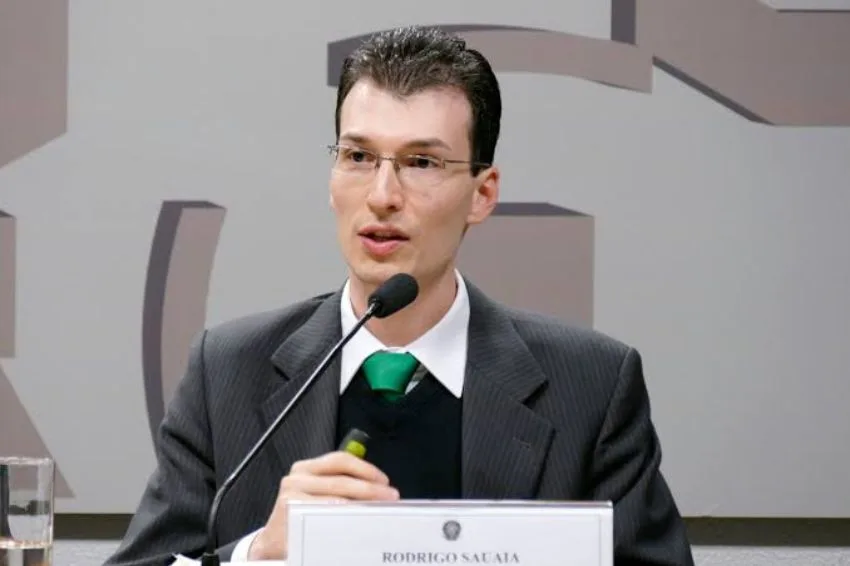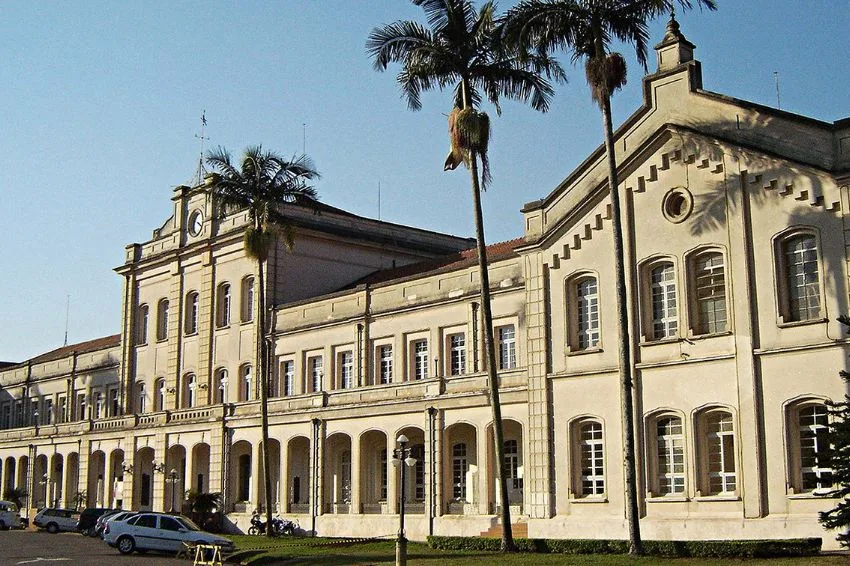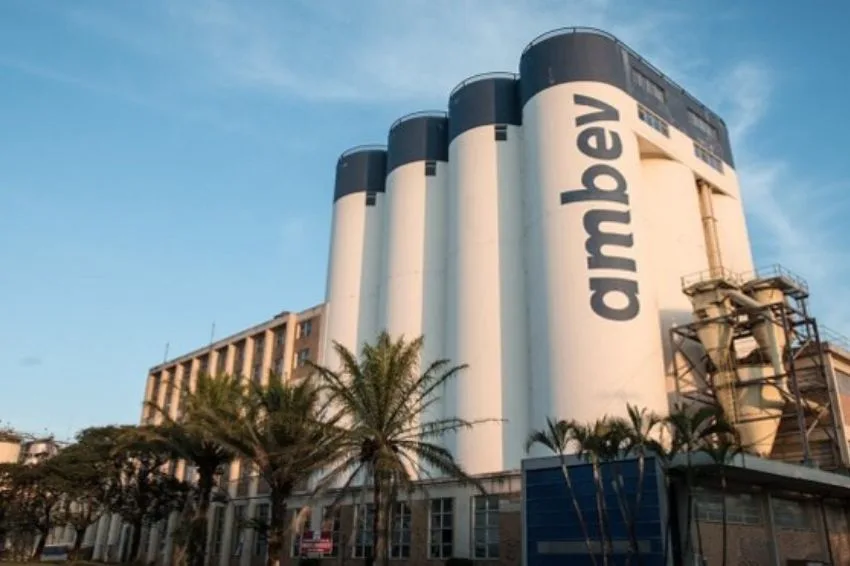O Brazil has, in an optimistic regulatory scenario, conditions to overcome the brand of 70 GW in installed power in G.D. (distributed generation) until the end of 2034, according to predictions from EPE (Energy research company).
The data was released this Tuesday (25), in the distributed micro and minigeneration notebook of PDE (Ten-Year Energy Plan) 2034 – document that is still being prepared and which serves to guide public policies and the operation of the national electrical system.
By projection, the installed capacity by DG systems would more than double from the current 30 GW, reaching more than 8.6 million consumers and R$ 162 billion in accumulated investments.
This one, however, It is not the EPE reference scenario, given the regulatory uncertainties that still need to be defined by the Federal Government.
For this reason, the entity believes that the modality should reach 58.8 GW by 2034 in a stable reality and at least around 46.9 GW in the worst possible regulatory scenario, as shown in the image below:
O reference scenario used as a basis only considers the collection of 100% from TUSD Distribuição from 2029, where around 50% of costs (charges, transmission, losses, among others) would be discounted through benefits.
Already the superior scenario simulates compensation equal to TE Energia + 100% of costs (as was the original one-to-one compensation), while the lower scenario works with compensation only for the TE Energia portion from 2029.
Other highlights of the study
O EPE study also brought other projections and highlights regarding the future of thedistributed micro and minigeneration segment in Brazil within the reference scenario.
Among the GD consumption classes, the survey shows that the residential segment will continue to be the most prominent, with almost 25 GW of installed capacity by 2034 – an increase of almost 80% compared to the current 14 GW.
In the next ten years, São Paulo should not only continue to be the state with the highest volume of installed power, with 10.9 GW in 2034, as well as expanding its share in relation to other locations, such as Minas Gerais (5.7 GW) and Rio de Janeiro (4.9 GW).
In turn, in relation to participation of sources in the distributed generation modality, the PDE 2034 reference scenario projects that solar energy will maintain its hegemony in relation to other generation technologies.
“Distributed micro and minigeneration is becoming a protagonist in the expansion of installed capacity in Brazil. In 2023, for the third year in a row, the distributed solar source surpassed the expansion of all other sources, in terms of installed capacity”, highlights the EPE study.
Regulatory uncertainties
According to EPE, the publication of Law No. 14,300/2022, which created the GD regulatory framework in Brazil, helped bring more legal certainty is light on the likely regulatory scenario for the modality.
“However, despite the guidelines for valuing the costs and benefits of distributed generation having been established through CNPE Resolution No. 2/2024, there are still uncertainties related to the remuneration of energy injected into the grid from 2029 onwards, arising from the methodology calculation of DG benefits for the electricity sector”, highlights EPE.
According to the entity, this lack of definition arises from the fact that the ANEEL (National Electric Energy Agency) having to define the points of this methodology, something that has not yet been elaborated, done, much less published.
“Even though it only affects remuneration from 2029 onwards, its definition should influence investments throughout the decade as it affects the cash flow of these projects”, pointed out EPE.
All content on Canal Solar is protected by copyright law, and partial or total reproduction of this site in any medium is expressly prohibited. If you are interested in collaborating or reusing some of our material, we ask that you contact us via email: [email protected].
















